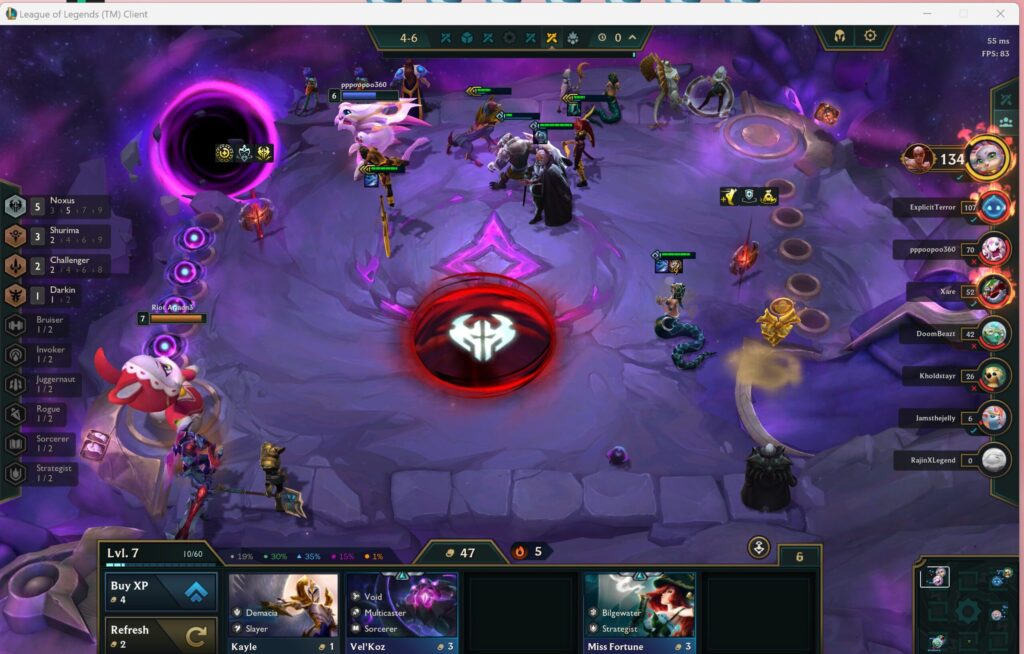Objective: Holistically evaluate gameplay loops and compare across games.
Use material from Chapter 4: Game Designer's Toolkit
Quest: Use a grid of game genres to choose a genre you’re not familiar with, and explore 2 games from that genre. Play those games for a few hours and complete several prompts designed to help you deconstruct the core elements of gameplay.
For each of the games you select, complete the following exercises after playing the game:
Identify at least one core game loop in this game.
There might be more than one loop if there are multiple game modes, but there’s always at least one.
Fill out an Elemental Tetrad for this game.
The Elemental Tetrad is a tool created by game designer Jesse Schell in his book The Art of Game Design: A Book of Lenses.
Once you’ve completed at least two games, answer the following comparative questions:
Which game handles each of the 3 Cs better: controls, camera, and character?
Is it the same game for all three, or do different games have different strengths? Why?
Which game do you most want to keep playing, and why?
Can you tie your desire back to one of the motivators of play, or a good game loop?
Bonus Tool: Genre lists
There is a light summary of game genres in The Game Development Strategy Guide that should serve as a timeless reference, but the challenge is that the game industry is both subjective and constantly evolving. The “tower defense” and “idle game” genres did not exist at the start of the industry, and there will be new genres created after publication.
Things to remember: as time goes on, specific genres move in and out of favor, and many games are a hybrid of multiple genres. The game Game Dev Tycoon captures this phenomenon, and may be an alternate way for you to explore how this works in the abstract.
Here are some additional resources you can use to challenge and deepen your understanding of game genres. At minimum, you should understand where the game you work on fits into the broader industry.


